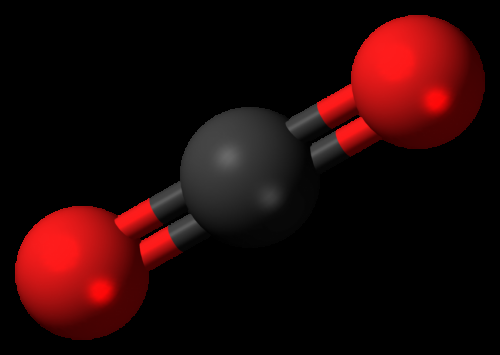Chemists make breakthrough in carbon capture

Scientists from the University of York have developed an innovative new green method of capturing carbon dioxide (CO2) emissions from power stations, chemical and other large scale manufacturing plants.
Starbons, made from waste biomass including food peelings and seaweed, were discovered and first reported 10 years ago by the York Green Chemistry Centre of Excellence. Using these renewable materials provides a greener, more efficient and selective approach than other commercial systems of reducing emissions.
Current widespread methods of carbon capture, such as amine treating, use liquid solutions for the treatment of emissions from chemical plants and refineries. However, these are expensive to run and require a lot of input energy compared with a relatively low output.
The synthetic make-up of Starbons, which contains pores, results in the absorption of up to 65 percent more CO2 than other methods.
Starbons are also more selective in capturing CO2 when mixed with nitrogen, with results showing a capture rate of 20:1 rather than 5:1 - four times more selective than other methods.
The materials also retain their CO2 absorption and selectivity in the presence of water, and have extremely fast rates of CO2 absorption and desorption.
Such enhanced properties for carbon capture, in a material that is sustainable and low-cost to make, holds significant potential for helping to reduce emissions from many manufacturing plants and power stations in the UK and around the world.
Professor Michael North, Professor of Green Chemistry at the University of York, said: "This work is of fundamental importance in overturning established wisdom associated with gas capture by solids. It defies current accepted scientific understanding of the efficiency of carbon-capturing CO2, and has the potential to be of significant commercial and governmental value in helping the UK meet its CO2 emissions reduction promises.
Professor James Clark, Head of York's Green Chemistry Centre of Excellence, said: "The high CO2 adsorption, high selectivity, rapid kinetics and water tolerance, combined with the low cost and ease of large scale production from waste biomass, gives Starbons great potential. We hope to offer the product as a commercial capture agent for separating CO2 from chemical or power station waste streams."
The research is published in leading chemistry journal, Angewandte Chemie.
More information: Gema Durá et al. Importance of Micropore-Mesopore Interfaces in Carbon Dioxide Capture by Carbon-Based Materials, Angewandte Chemie International Edition (2016). DOI: 10.1002/anie.201602226
Journal information: Angewandte Chemie International Edition , Angewandte Chemie
Provided by University of York



















